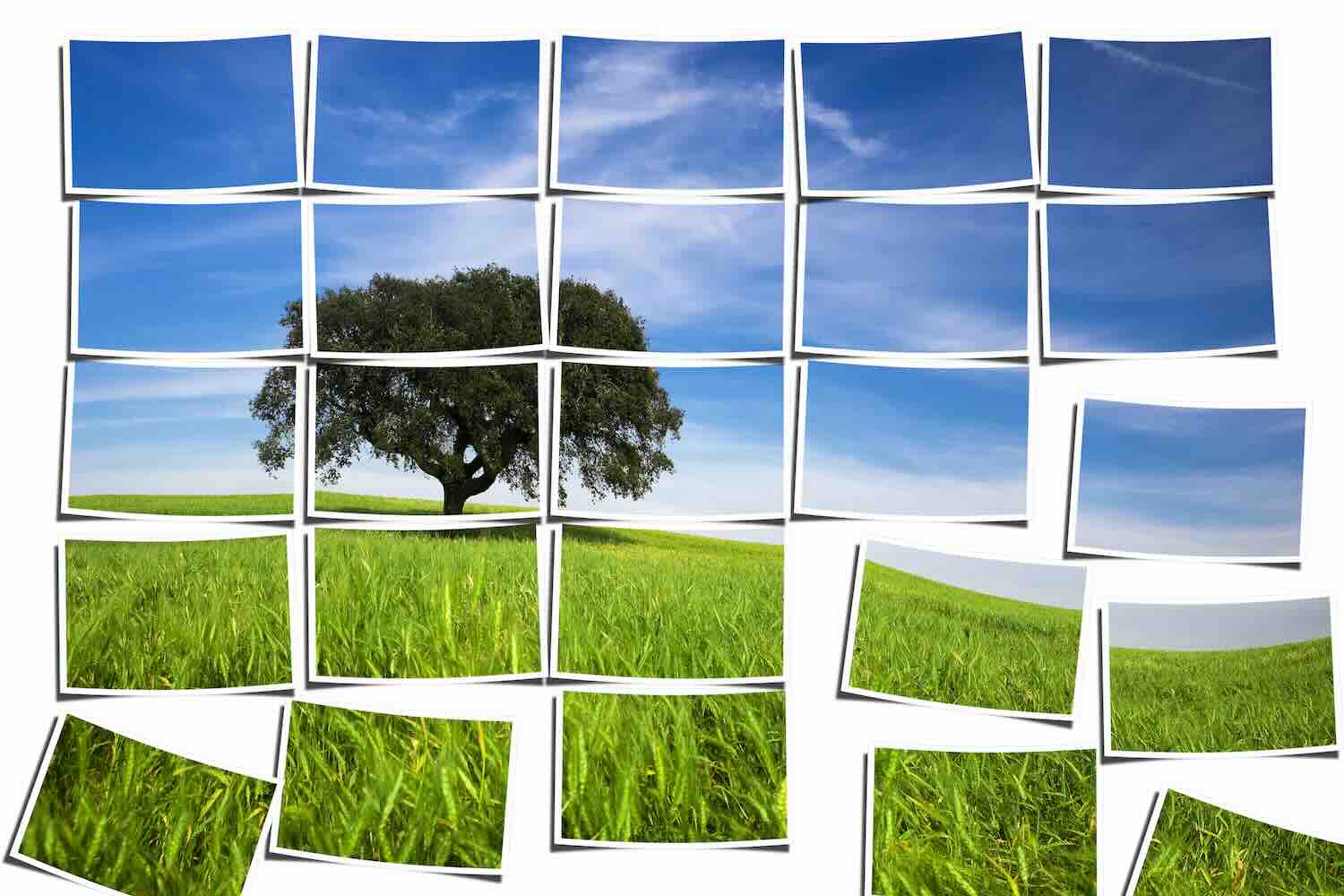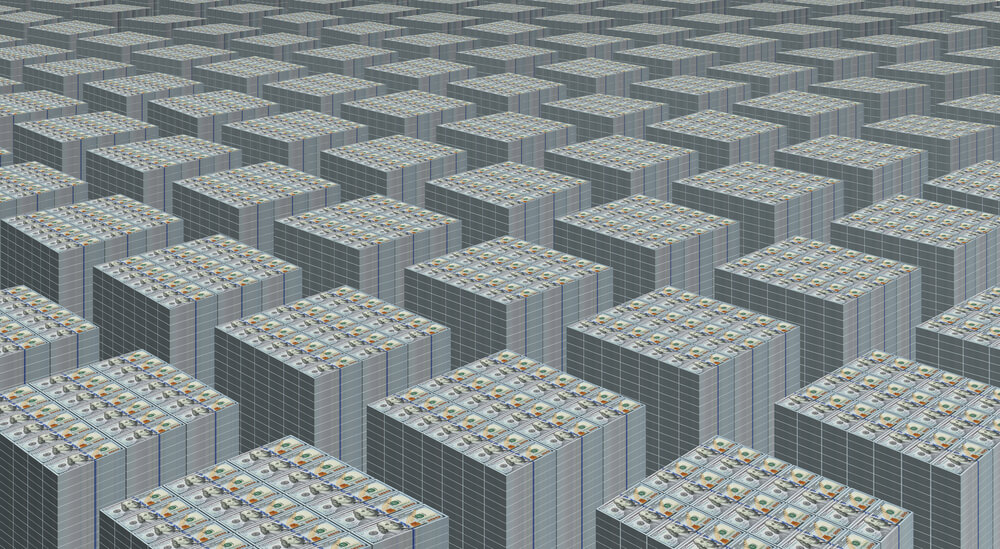A new model is coming into vogue that enables impact investors and philanthropists to collaborate easily in a light, fast and community-oriented manner.
Multi-donor funds which are being formed atop donor-advised funds, or DAFs, can pursue deep impact investing fused with philanthropy, quickly, affordably and in a manner that supports a high degree of flexible design and collaboration.
The multi-donor fund, or MDF, model allows for even wider participation than the already-accessible donor-advised funds on which their architecture is based. And MDFs are particularly well suited to be able to provide what is known as catalytic capital, the most patient, risk-tolerant, concessionary and flexible of impact investment types.
For example, one well-known multi-donor fund, Heading for Change, is building a portfolio at the intersection of climate and gender equity (see, “These fund managers are putting climate + gender strategies into action”). Donors in the evergreen endowment fund receive in-depth reporting and become part of a global learning community nurtured in the memory of the late Suzanne Biegel, who with her husband Daniel Maskit, donated the first $1 million to launch the MDF. Heading for Change has already attracted $3 million and made six investments into funds to date.
And Upstart Co-Lab has created an MDF to finance the inclusive creative economy – think design, food, media, etc. – both in fund and company investments (see, “Upstart Co-Lab’s pipeline of creative economy deals is now an investable impact strategy”). They are gearing up to do a multi-million dollar first close.
Rapid prototyping and other design principles
Today, there are more than $229 billion in assets held in DAFs, across 1.95 million donor accounts hosted by more than 1,150 sponsoring organizations. ImpactAssets, which I co-founded in 2010, has $3+ billion of that AUM. Assets held in DAFs are growing much faster than private foundations.
In recent years, we have seen a rise in philanthropic dollars being used to fund impact investments. DAFs have characteristics that make them a particularly hospitable environment for impact investing, as they are comprised of donated assets that already have been moved to a charitably-intentioned “pocket.” Donor advisors are passionate about causes that often correlate to investible segments that can complement their philanthropy.
Donors can shoulder more indefinite time horizons and risk, as well as a different return profile, since they are motivated by creating impact, first and foremost. They can often be first or “early in” money, move more quickly and adopt a somewhat fearless and flexible orientation to catalyze the intended impact. And importantly, DAFs leverage capacity and expertise across a much larger footprint than an individual account would have by itself.
In addition to all these attributes of a DAF, MDFs have further design ingredients that are conducive to rapid prototyping and innovation as they work a top the already scaled infrastructure of the DAF sponsor. They provide more interactive and customized collaboration features, such as:
- Lean and fast start-up. Multi-donor funds can be set up in a few days with literally no start-up expense.
MDFs are not actual fund structures. Instead they create “synthetic funds” that are just an account at the DAF sponsor composed of all the donor contributors’ capital and the portfolio of funds and companies it invests in, and where the DAF sponsor is the one investor of record.
Many first time managers and/or small scale initiatives find conventional fund vehicles’ legal and administrative expenses require tens of millions of dollars before they really make economic sense. MDFs can work with capital in the hundreds of thousands of dollars quite well. - Integrated, more “systems-oriented” capital. Market rate investments, catalytic capital, as well as grants can more easily coexist in one integrated portfolio thesis.
This is because MDFs are aggregating donor capital where the conventional risk/return bright lines can be relaxed quite easily, all across the spectrum; from funding policy change, to entrepreneur accelerator grants, to below market housing loans to venture capital.
Capital’s true north purpose may be redefined around systems change and in service to its stakeholders. - Evolutionary design and experimentation. MDFs are a great way to develop an investment thesis, allowing funders, experts, entrepreneurs and other stakeholders on the front lines of impact (proximate leaders), to collaborate in ways that traditional fund conventions don’t easily allow. They can evolve over time as learnings emerge, adjustments can be agreed upon and made quite fluidly without legal costs.
Sub-accounts can be carved out to accommodate forks in the road of funder portfolio interests. - Distributed, inclusive governance. Due to the impact-first and “synthetic” nature of donor-advised funds, it is easy to allow for more pluralist or democratized participation.
MDFs can function almost like decentralized autonomous organizations, or DAOs (but without needing token/blockchain technology. DAFs already approximate much of the record-keeping and transaction environment needed, for all practical intents).
How it works
Here’s technically how MDFs work: A social entrepreneur or a lead donor funder or funders come together with an idea and establish a multi-donor fund at a sponsoring DAF organization.
The MDF’s thesis, management and governance are designed and articulated to the community of funders. The leadership does fundraising and gets to initial scale with tax-deductible donations or grant inflows.
The decision making structure recommends investments into companies and funds or grants to the DAF sponsor. These are undertaken as appropriate and a portfolio is constructed over time.
Community and educational activities are ongoing, and a multi-year initiative comes into existence–all within a collective philanthropic endowment.
ImpactAssets is seeing these MDFs focused on core themes of climate solutions, gender equality and racial equity. We support three dozen at this time and are establishing roughly one new initiative per month.
Of these, roughly 20% are dedicated to climate solutions, 30% to racial equity, 10% to gender equality. Another 10% are in financial inclusion which is essentially split amongst the racial and gender themes. As for the rest, they are split among more “broad impact kitchen sinks,” or they may focus on a specific theme such as health or civil society.
These MDFs at ImpactAssets have reached nearly $100M and many are just getting going. We expect them to perhaps double in assets in 2024 as existing MDFs grow or new ones are added.
Deep end of the pool, what’s forming
At ImpactAssets, we have found that there are a number of common characteristics, shared among nearly all of the MDFs we host that have been successful.They have a clearly articulated and compelling impact thesis with a clear portfolio in sight, operational simplicity, reasonable starting scale and a really strong affinity network.
As the leading theme, there are an increasing number of racial equity oriented MDFs such as:
- Neighborhood Economics’ Common Cents. Investing in community development in the places where the Neighborhood Economics conference takes place. Last year, it was Jackson, Mississippi. At the end of this month, it will convene in San Antonio. The MDF will be making one or more investments in each city, building over time to a set of local portfolios. The MDF has attracted its first $25,000 as donors of $250 or more participate in sourcing the portfolio. Donors of $25,000+ may recover capital to their own DAFs later.
- Navajo Power Fund. This MDF feeds into investment vehicles of Navajo Power to build solar power installations on tribal land for the benefit of indigenous people. All donors may recover pro rata capital with upside to their own DAF at a $25,000 minimum.
- And Community Impact Investments working in Philadelphia, with an eye to being replicated in other cities, and Founders First Social Justice Innovative Finance Fund, affiliated with and leveraging the work of Founders First Capital Partners round out this category.
And here are further examples of a broad spectrum of impact themes;
- Sea Forward Ocean Health. Investing to support a sustainable ocean, into funds, companies and grants where donors can participate in sourcing the portfolio, volunteer for investment committee or diligence work, and at $250,000+ (or $50k annually for 5yrs) may recover pro rata capital with upside to their own DAF.
- Shona Capital Fund. Financing small enterprises in Uganda through investing in Shona Capital. All donors may recover pro rata capital with upside to their own DAF at $10,000+.
- Cavendish Innovation Fund. Health sciences, all donors become part of a community that invests the capital into an evergreen endowment managed by Cavendish Impact Foundation.
- SmartJob. Investing in tech innovation and job creation for people with disabilities, donors become part of a community building an evergreen endowment and receive reporting and specialized engagement. Larger donors at $300,000+ get customized portfolios.
In addition, funder networks such as SV2 and New Media Ventures Fund, and MBA-affiliated programs such as those at Harvard, MIT and Stanford, run impact investing portfolios funded by multiple donors that focus on various themes and use the portfolio to create community experiences for their members, alumni and/or students.
it’s not just ImpactAssets hosting MDFs. Our friends at Impact Charitable are home to similar endeavors, including one that some ImpactAssets clients are helping to fund, Unlock Ownership Fund. It supports models of more just and shared ownership. All donors become part of a community to build yet another innovative, evergreen endowment together.
Note: Sea Forward Ocean Health Fund, Shona Capital and Unlock Ownership Fund joined ImpactAssets in a recent recorded event hosted by the impact investor network Toniic, available here.
Here’s to the innovators, moving first, fast and fearlessly!
Multi-donor funds can allow more of us to jump into catalytic capital strategies with emerging managers to prove out nascent theses and create portfolio track records. And, we can do this without the scale requirements and much of the legal work of conventional fund structures.
It’s not just that this construct offers us a new tool for innovation in the field of impact investing and philanthropic endowments, to move into the deeper end of the pool. It’s that they give us a view into how funders want to organize themselves in closer and iterative collaboration with managers and social entrepreneurs.
Multi donor funds create vehicles for individualized, yet collective, action that can experiment with power sharing, governance, deal sourcing and a deeper relationship to proximate leaders.
For those that crave fast moving funder communities of action, to deliver a broad spectrum of catalytic capital… multi-donor funds have arrived!
Tim Freundlich is founder & executive director, strategic development of ImpactAssets, an impact investing firm with more than $3 billion in assets under management, as well as a range of impact investing capabilities for families and institutions.











